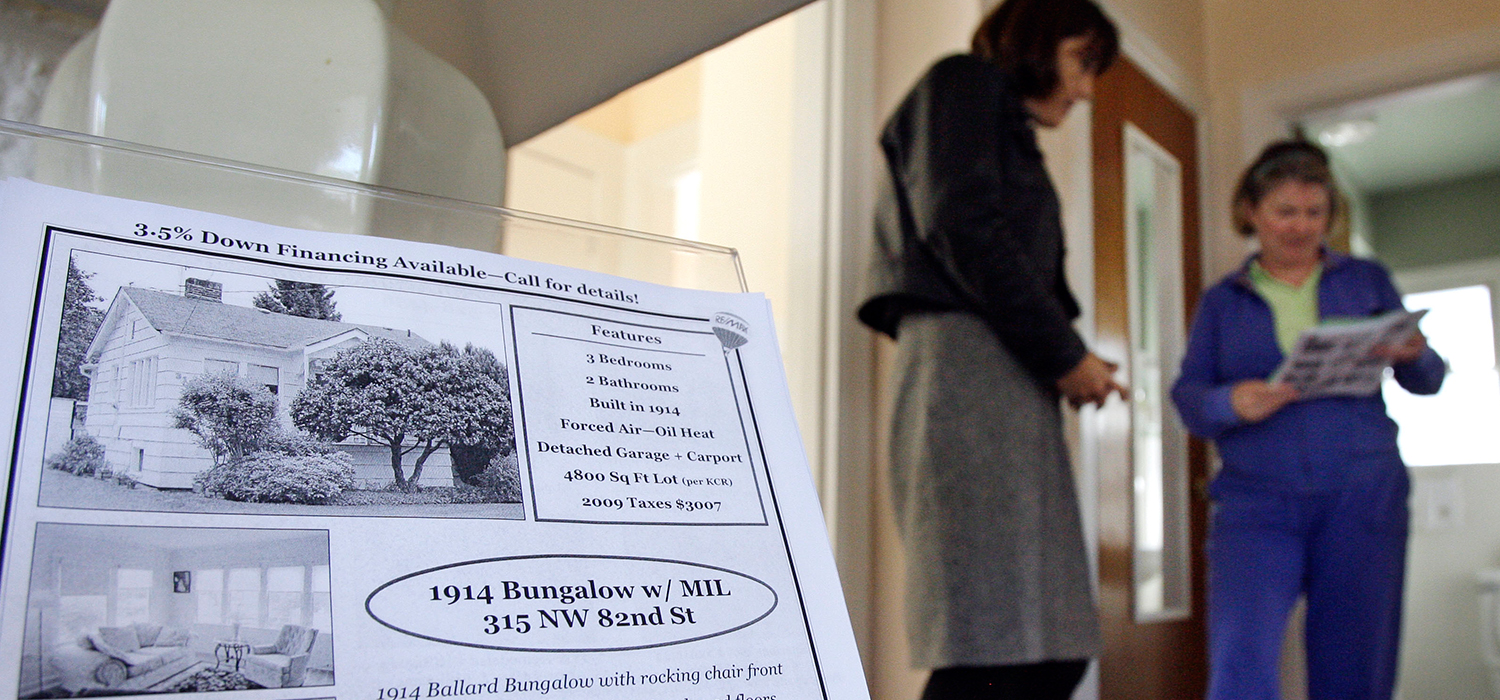
Our new analysis, released today, reveals that the homeownership rate in the U.S., which has been declining since the housing boom, will continue to decrease for at least the next 15 years. The reason is simple: in the millions of new households forming over the next 15 years, new renters will outnumber new homeowners—causing a sustained surge of rental housing demand that will significantly affect millennials, seniors, and minorities, and expose important gaps in our current housing policies.
Here are five things you should know about household growth and housing preferences over the next 15 years:
-
A rental surge is coming. The majority (59 percent) of the 22 million new households that will form between 2010 and 2030 will rent, while just 41 percent will buy their homes. This change will create a surge in rental demand from now until 2030 that we are unprepared to meet.
We need to encourage building of more rental housing suitable for all age groups to accommodate this surge.

- Most of the new households that will form between 2010 and 2030 will be non-white. From 2010 to 2020, 11.6 million net new households will form, 77 percent of which will be non-white (Hispanic, African American, Asian, American Indians and Alaska Natives, and people of multiple or other races). From 2020 to 2030, 10.4 million net new households will form, 88 percent of which will be non-white. Because non-white groups have lower homeownership rates than whites, these household formation projections are the main driver of our homeownership forecasts. More than one-third of the 13 million new renters between 2010 and 2030 will be Hispanic and one-quarter will be white. Almost one-quarter will be African American, and 15 percent will be other racial or ethnic backgrounds.
-
The homeownership rate will decrease for all age groups, except those over 75. Total owners will still outnumber total renters throughout the 20-year period, but the homeownership rate will decrease for all but the oldest age group. We predict that the overall homeownership rate will be 61.3 percent by 2030: 70 percent for whites, 40 percent for African Americans, and 48 percent for Hispanics.
Why is this change so pervasive? People of almost all age groups are changing their behavior and choosing renting over owning in higher numbers. You see this most dramatically with people in their mid-20s and 30’s, the age when home-buying traditionally begins. In the 1990s, 46 percent of this age cohort owned homes. By 2030, only 38 percent will own homes.
We need to expand credit availability in the mortgage market to help ensure that more creditworthy families can access homeownership, which offers greater housing security and more opportunity for wealth-building than renting. Helping these families become homeowners will also ease competition for scarce rental housing.
-
African Americans will fall further behind all racial groups in homeownership. For at least the next 15 years, whether the economy grows slowly or quickly, the homeownership rate for African Americans will decrease while the rate for Hispanics will increase. More than 50 percent of the 9 million new owners between 2010 and 2030 will be Hispanic, nearly one-third will be other races or ethnicities, 11 percent will be African American, and only 7 percent will be white.
By 2030, the homeownership rate for African Americans will be 40 percent, a large drop from 46 percent in 2000. The rate for Hispanics will move in the opposite direction, increasing from 46 percent in 2000 to 48 percent in 2030.
Why do these two minority groups diverge? The Hispanic population is younger so more of them are moving into the age range where they form families and buy homes. Moreover, African Americans were hit much harder in the financial crisis than any other racial or ethnic group, and their homeownership rate declined far more than their white and Hispanic counterparts. African Americans are starting out behind and, absent policy changes, will fall further behind over the next 15 years.
Initiatives that expand credit availability in the mortgage market will sustain homeownership for Hispanics and African Americans, but additional policies will also be needed. Other strategies to address the erosion of homeownership for African Americans include addressing the income and wealth gap and reducing the burden of high rents that undermine financial stability and hinder savings.
-
The number of senior-headed households will increase dramatically. The number of households over age 65 will increase from 25.8 million in 2010 to 35.4 million in 2020 and to 45.7 million in 2030. The largest household increase between 2010 and 2020 will be in the 65-74 age group (birth years 1946-55), with a 6.8 million increase in the number of households. This age group will increase by 5.9 million from 2020 to 2030, and represent more than half of the total household increase in both decades. This household change reflects the aging of the population, not the actual formation of new households. A larger share of the people in this older group is white than in the younger groups. By 2030, 56 percent of the householders under 65 will be white compared with 74 percent of the households over 65.
The surge in senior households increases the urgency to develop policies that allow seniors to stay in their homes as they age.
We’ll be writing more in the coming weeks about the further implications of our findings.
Tune in and subscribe today.
The Urban Institute podcast, Evidence in Action, inspires changemakers to lead with evidence and act with equity. Cohosted by Urban President Sarah Rosen Wartell and Executive Vice President Kimberlyn Leary, every episode features in-depth discussions with experts and leaders on topics ranging from how to advance equity, to designing innovative solutions that achieve community impact, to what it means to practice evidence-based leadership.